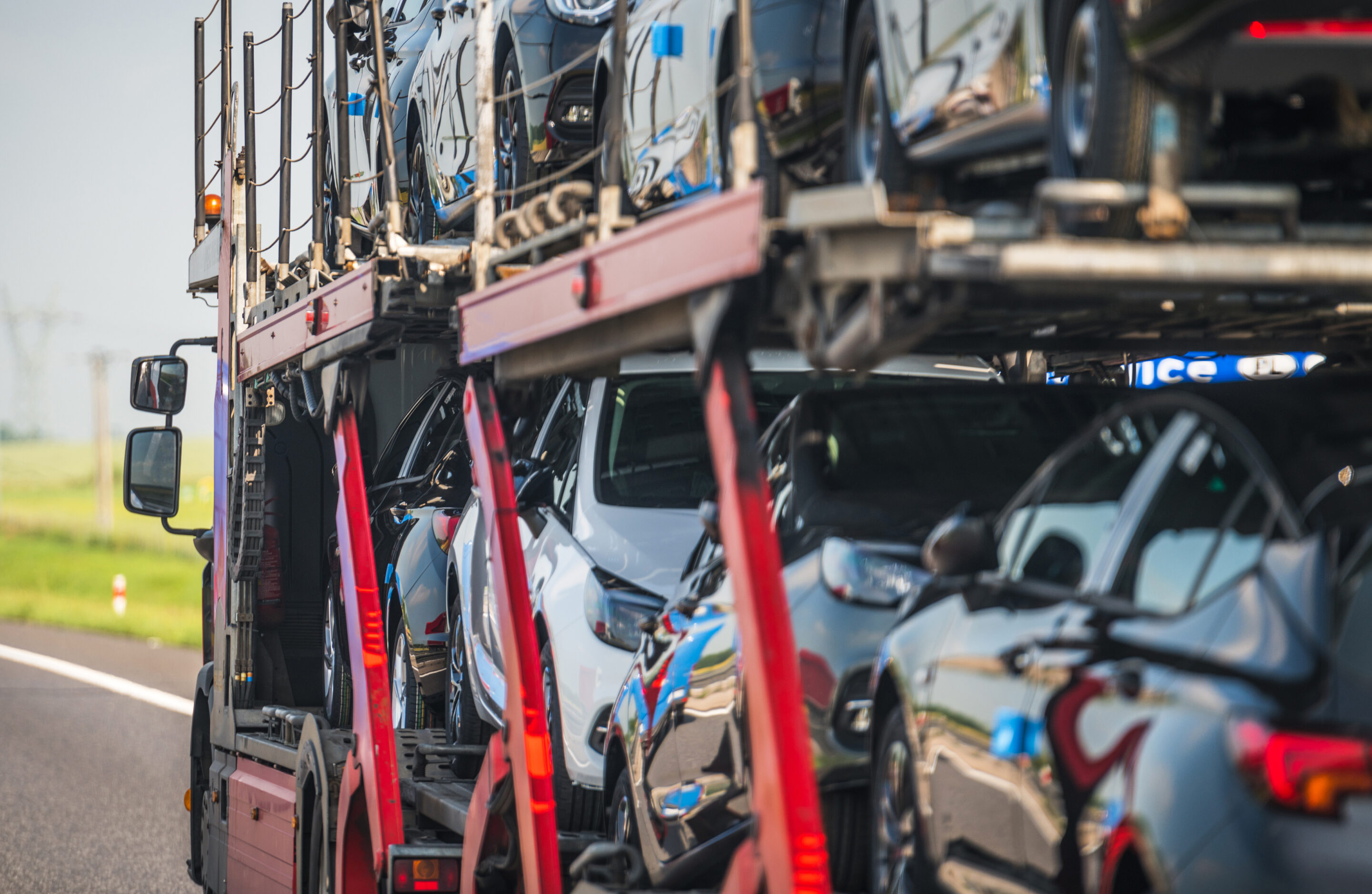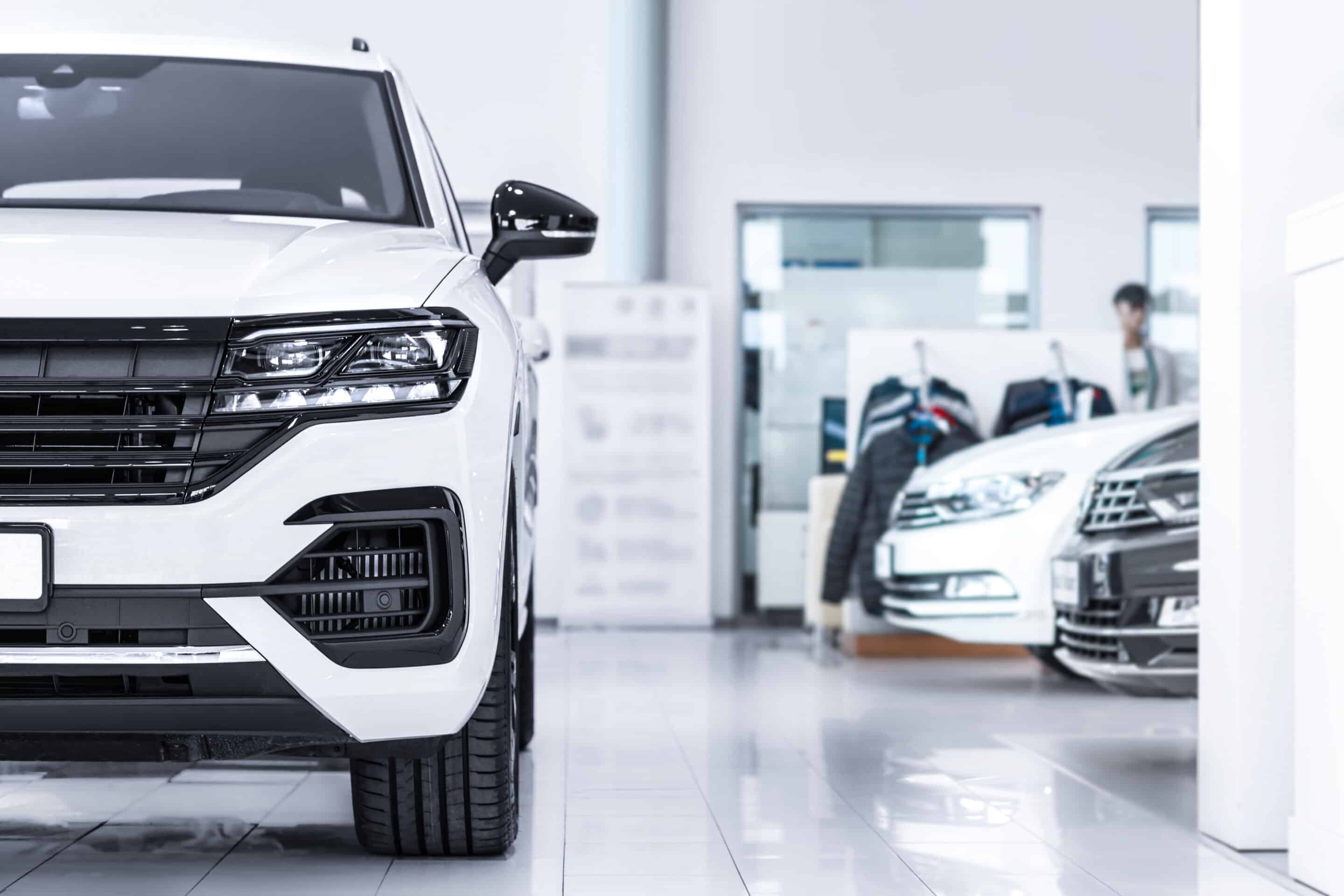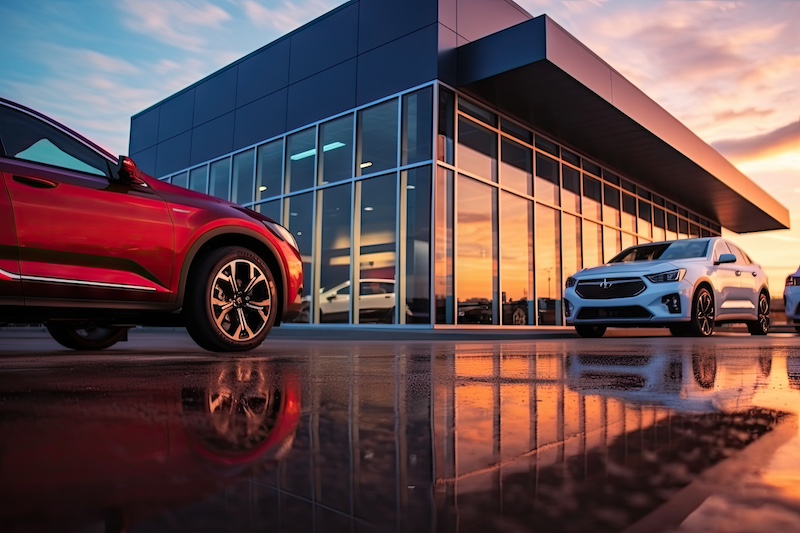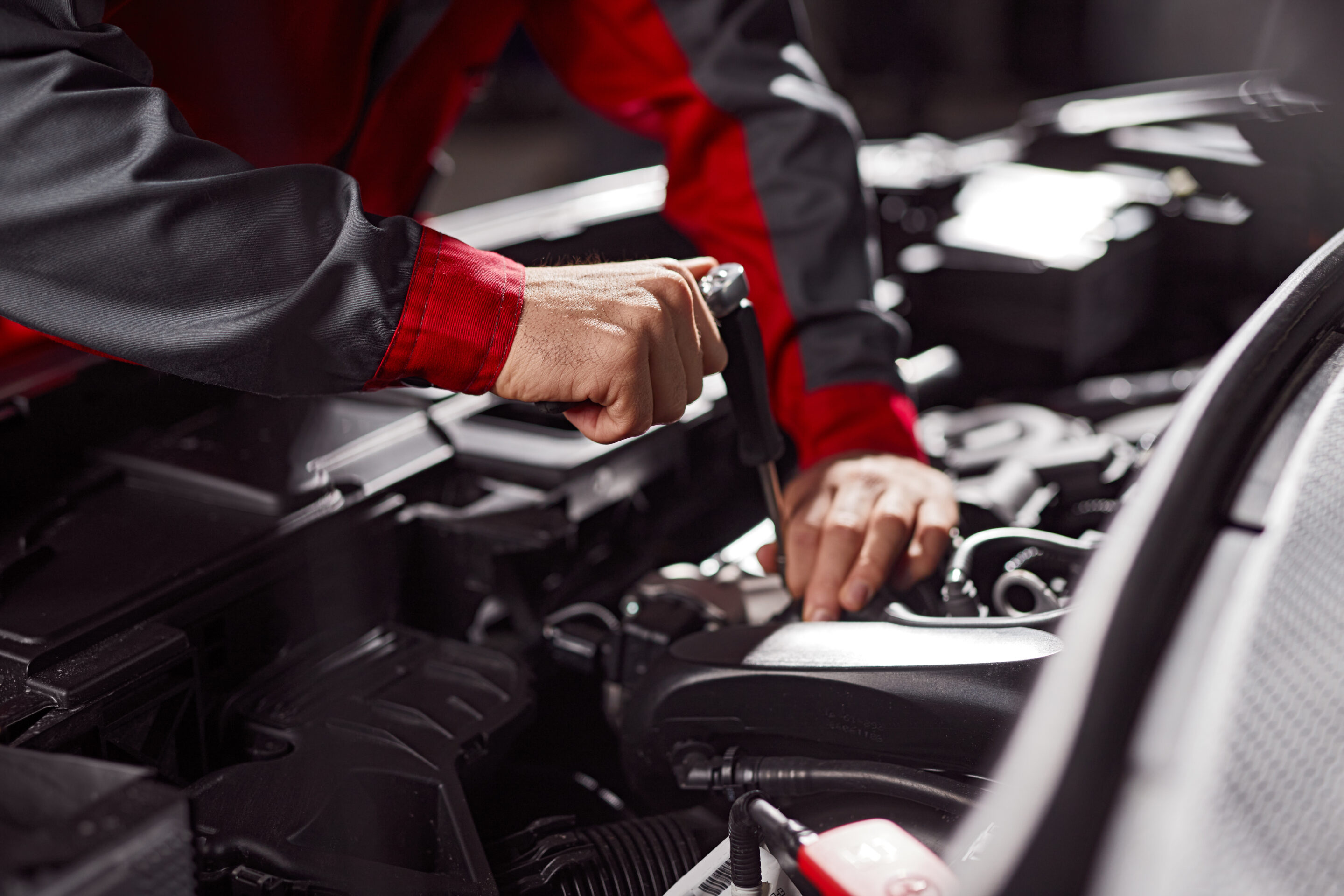The manufacturers failed with the retail dealer invasion, but are they attempting to use colonization as a means of controlling the dealer and should this be a concern for retailers?
The relationship between the manufacturer and the dealer has always been a complicated one. Both sides play a critical role in the partnership. Let’s define the most basic responsibilities. The manufacturer builds the car. The manufacturer is then responsible for casting a national marketing vision for the brand (Tier I advertising). The dealer is responsible for selling the car, providing service and marketing the brand on a local level. Both share in determining how to use the Tier II ad dollars. There has been a shift with some companies like General Motors, for example, to allow a higher investment in a digital focus.
Some dealers in the past have been guilty of believing that they could do a better job of advertising the cars, across all tiers. Some dealers have also believed that they could build a better car if given the opportunity. An example was the Penske run at Saturn. The manufacturers in the past have tried to show that they were better at retailing cars. There have even been full invasions from the manufacturer. An example was the Ford Auto Collection in Salt Lake City. Ford purchased all but two or three dealerships in Salt Lake. Ford felt that if they had a monopoly, they could control prices and drive sales. It may have sounded good on the white board, but it didn’t work. I attended a one-day workshop with the general managers involved with the project in Salt Lake City in 2002, just before Ford abandoned the idea and sold the dealerships back to retailers. The project didn’t work because the free market forces were taken out of the equation. The general managers ended up fighting each other and they were overly concerned about the remaining independent dealers who did not sell out. Something happened when the balance shifted to one controlling force. The competitive edge was lost that successful retailers understand.
As mentioned above, the manufacturers failed with the retail dealer invasion but are they attempting to use colonization as a means of taking over and should this be a concern for retailers? Consider the transition over the past 15 years. In the past, retailers had control of the dealer brand. The retailer was able to influence the type of advertising, amount of money being spent in advertising and the actual message being projected in the local market. Dealers could also choose if they wanted to be focused on gross average or volume. Galpin Ford, as an example, may elect to give up gross income to maintain its status of being the largest Ford dealer in the country. Galpin has the right to market its operation as a volume leader. Co-op dollars started to change some of this with the majority of the dealers. Dealers who wanted to receive additional advertising dollars from the manufacturer had to follow a specific formula. The dealer ads had to have certain colors and font size and include an approved message. Then tiered level rebates were introduced. The majority of dealers would start each sales campaign assuming that they would hit the top level of sales for the month or quarter. The financial incentives were too strong to ignore. As a general manager for a Mazda operation in 2003, I can recall the Mazda sales rep explaining that if I sold 120 Mazda 6s in two months, I could make an additional $1,200 per deal. If I sold 50, I would get $400 and at 49, I wouldn’t make anything. With a picture like this, optimism, greed and lower new car gross averages always follow. Of course, I would sell 120 new Mazda 6s, even if I had to buy one myself. The manufacturer had developed an effective tool, which would give the ability for Detroit, Japan or California to set standards for the gross average, as well as the models being pushed. Only the fools on the retail side elected to pass on these opportunities. We were joining hands with the manufacturers to put up a united fight to gain market share.
From a facilities perspective, the dealer lost the ability to have a building with his/her own personality years ago. Dealers have been required to build larger or improved structures on prime acreage or lose the support from the manufacturer. Dealers who wanted the right mix and proper allocation of new inventory, simply complied with the demands of the OEM by investing millions into buildings. As profits were shrinking, dealers were pushed into large magnificent structures worthy of being in Architectural Digest. As I have travelled to other parts of the world, the concept of the dealer in a $50 million facility with 1,000 cars in stock doesn’t exist. I know that at least some dealers would gladly give up their new facilities in exchange for their old rent factor from 10 years ago if they could. Some of this was brought on by the dealers who refused to conform to minimum standards, which would clearly affect sales but did the expectations go too far?
The concept of keeping up with the guy across the street has been fueled in part by the colonization effect. The goal appeared to vary from manufacturer to manufacturer. Some took a McDonald’s approach, not over the top but all buildings representing a specific brand needed to look the same. The goal was to easily identify the retailer with that specific brand. That was logical. Other manufacturers appeared to push lavish structures in the community. We could also spend time discussing the expense requirements associated with quick lube lanes, lighting, signage, restaurants, and theater rooms. Some of this was also clearly driven by retailers themselves who were interested in projecting a certain image. Bottom line: some dealers today believe that the facility model required by some manufacturers in the future will be more modest with much smaller inventories to help reduce expense and make it easier to achieve black ink. The expectation will be to provide a clean and presentable environment, but the expectation of size may change.
The current trend has been the focus of the dealer’s web site. If we agree that the web site is the first impression of the dealership, this is a major deal. If all web sites are identical, how do you brand the identity of the individual operation? How will the retailers compete in the market for the precious in-market customer? The average consumer visits multiple dealer web sites during the sales process (the number that I continue to hear is five to six individual sites). If you are one of 65 competing Nissan dealers in Los Angeles, the web site is the lifeline to survival. If you can tell a more compelling story on your web site than the dealership down the street, you will have additional walk-in traffic and more phone ups (conversion).
Some flexibility is provided by some OEMs, but in other cases, the dealers have zero control. If the battle for market share is online, the ability to control the look and feel of the web site should be a major point of discussion. The web site is a key link to the market. The progressive dealers are leveraging their sites through SEO, SEM, custom video, links to Facebook, and micro sites linked back to the main site. It is my hope that the dealers will have the ability to make choices related to their web sites. I clearly understand that guidelines should be implemented. From the manufacturers’ perspective, some dealers have created an embarrassment to the automotive community after years of screaming, dressing in animal costumes or selling the free hotdogs. Other dealers have been negligent in keeping their sites updated. I still see dealer sites that do not even enter the basics such as monthly specials.
There is not a major brand in the world that allows total independence from the manufacturer. You don’t see the general manager for the local Menards Hardware operation during a 30-second spot taking off his clothes and telling customers to come in on Saturday for free hotdogs. In case you have not seen this spot, an agency has created an ad where an actor pretending to be a salesperson takes his clothes off to suggest that they are not hiding anything from the public. Five key questions are:
- How can dealers and manufacturers learn from the past to avoid mistakes and find balance with the rights to the dealer web site?
- How do we take the web sites to the next level but allow the dealer a chance to brand his or her operation?
- How do factors like personality, creativity and originality enter into the discussion of web sites?
- For the dealer who is capable and willing, will that dealer be given the opportunity to have more latitude with the web site?
- Should a menu of approved options and authorized vendors be provided to the retailers to allow additional choices?







